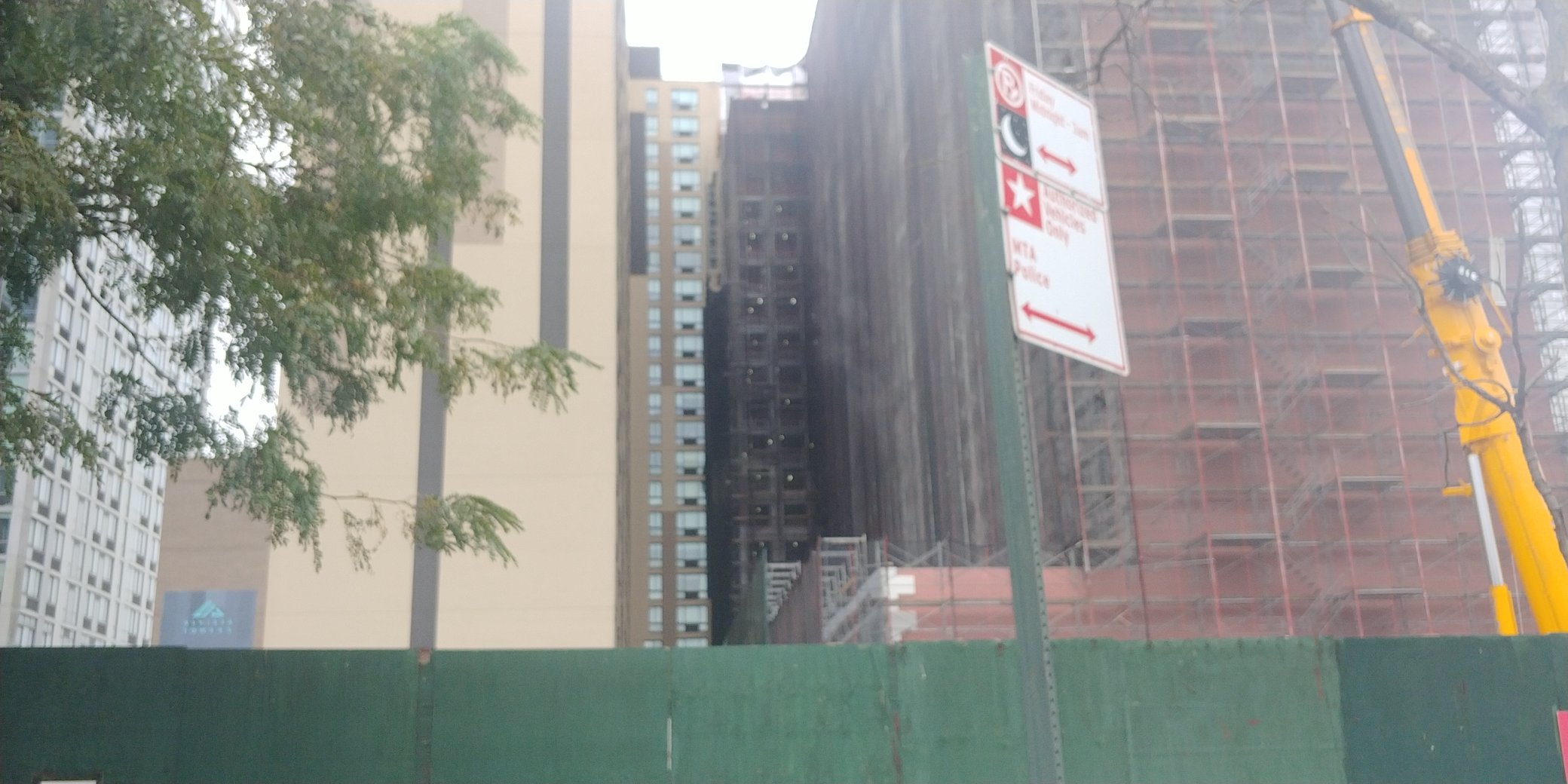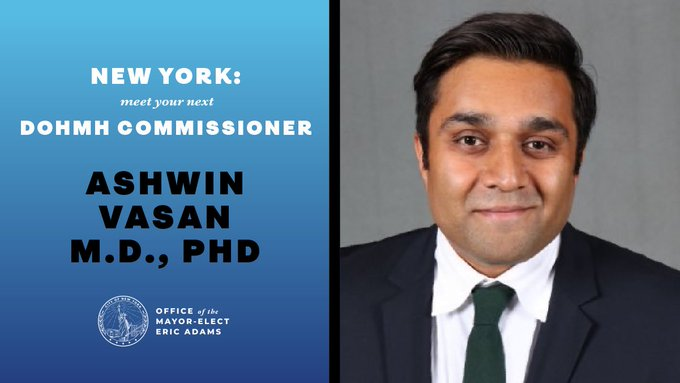On October 30, 2023, the Department of Buildings announced a new initiative to help combat overdoses among construction workers. A recent Department of Health survey Health revealed that construction workers led occupational groups in overdose deaths. In response to the Department of Health’s survey, both the Health and Building Departments are taking action to address the dangers of substance abuse and highlight the tools provided by the City to construction workers. Staff from both agencies will visit construction sites and discuss substance abuse issues, fentanyl, Naloxone use and its role in preventing a fatal overdose, work site safety, and how to keep themselves safe on and off construction sites.
The Department of Health survey found that in 2020, 269 construction workers died of an overdose. National data held similarly, with a finding that the construction industry saw the most fatal overdoses out of all other occupations according to the US Centers for Disease Control analysis. The data in the Department of Health’s survey showed that between people 18 to 64 of all races and ethnic groups, those with jobs fitting the ‘Construction and Extraction’ field, which covers multiple specific occupations in the construction industry.
Overall citywide, there has been a steep increase in fatal overdoses, with Fentanyl involved in more than 80 percent of drug overdoses in New York City. Fentanyl is mostly found along with heroin but has also been traced to other substances including illicitly manufactured pills.
To combat this, the Department of Health and Mental Hygiene provides free programs to New Yorkers in an effort to increase awareness around overdoses. This effort includes, free naloxone and fentanyl test strips, city-run medication for opioid use disorder programs, and harm reduction resources. More information about how to obtain a free naloxone kit is available here and New Yorkers can call 988 for free confidential crisis counseling, mental health and substance use support, information and referrals.
The Department of Buildings will require all construction workers working on larger and more complex sites to take 40 Site Safety Training which includes a two-hour drug and alcohol awareness class. This class will focus on the harms of substance abuse and the consequences of chemical dependence. The Department of Buildings will also be requesting that contractors and site safety professionals in drug and alcohol safety information be included in their “tool box talks” or pre shift daily meetings.
Mayor Eric Adams said, “The opioid crisis has hurt people in every community and at every phase of life, so we must be comprehensive in our efforts to tackle it and keep New Yorkers safe. New York City is facing a deadly and devastating opioid crisis, and that’s why last month, our administration convened elected leaders, public health officials, and law enforcement from across the nation to develop strategies around reducing and preventing drug use. By educating construction workers on substance use disorders and providing them with the support they need, we are addressing this dire issue and helping the New Yorkers who build and maintain our city.”


























